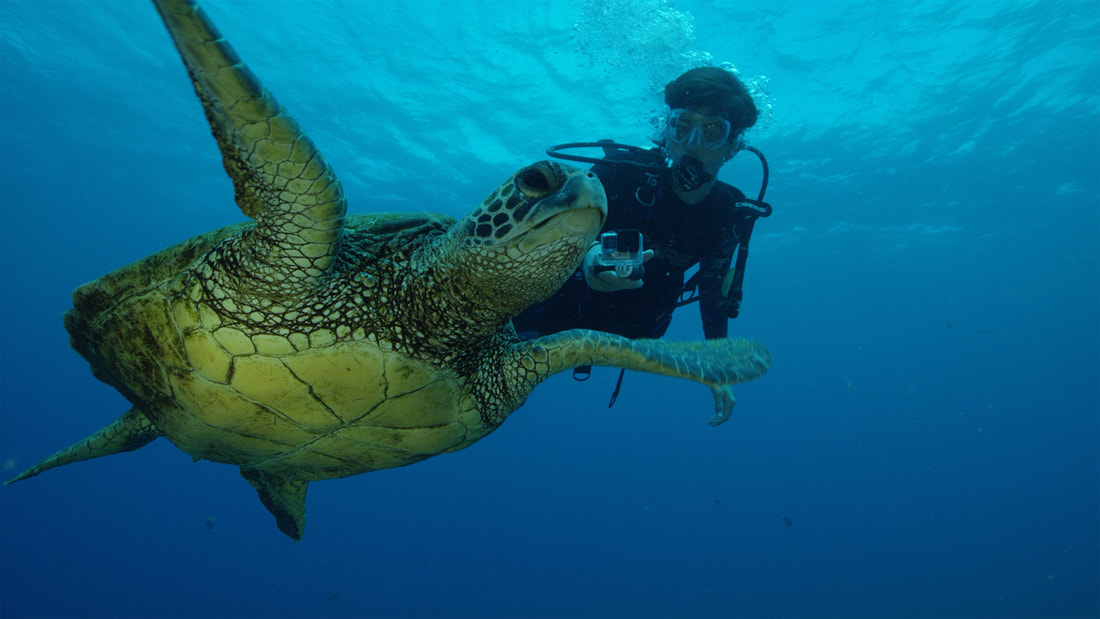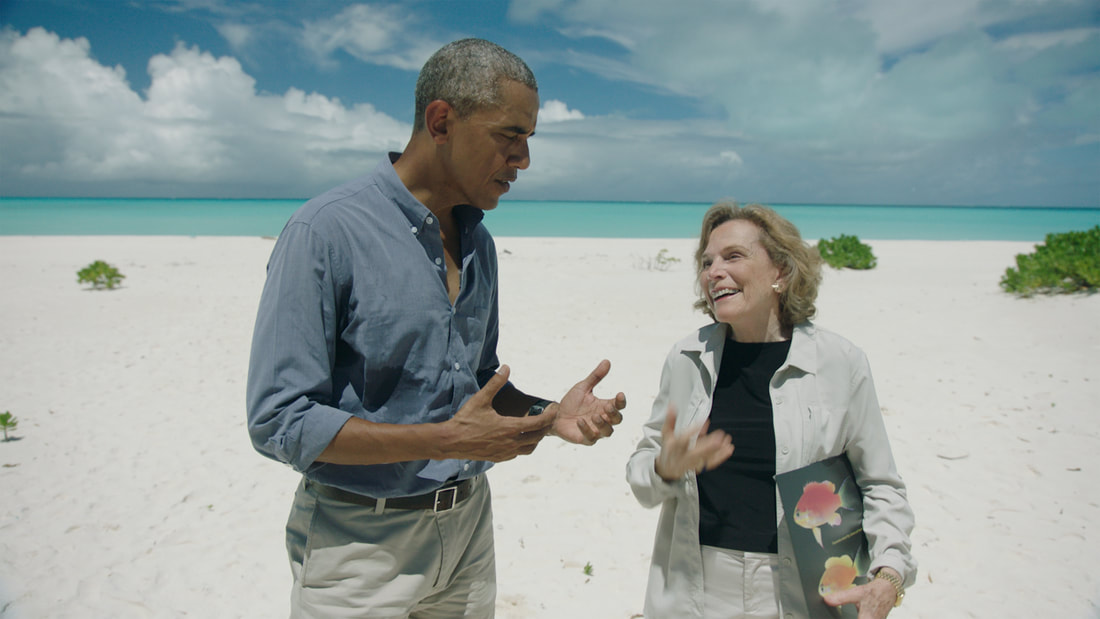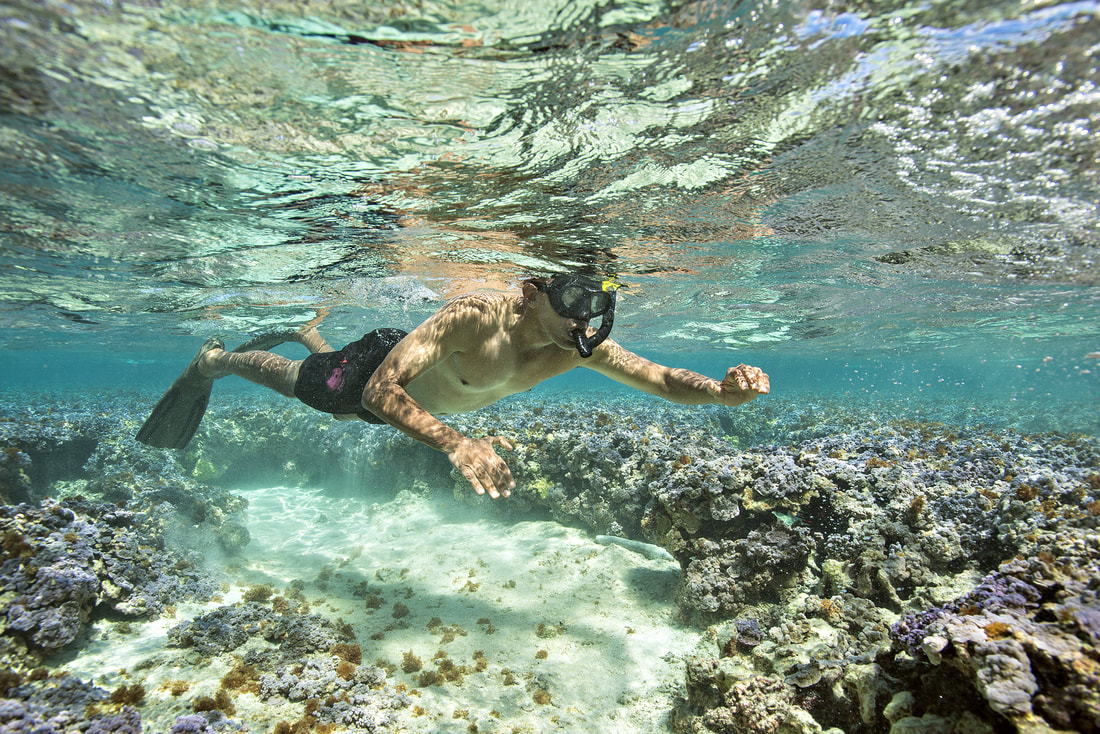|
We reached out to our festival filmmakers to ask them questions about the experience of making their films.
What inspired this story?
Director and Producer Robert Nixon: Three years ago, shortly after my oldest child started college, he asked if I would take some of his class mates out to dinner. Bobby added there was a purpose - these were ocean lovers and wanted to share some ideas that might support the work of Sylvia Earle, Barbara Block and the other biologists I had been documenting. Of course, I was thrilled to oblige and I treasured every moment as these impressive scholar athletes shared their connection to the ocean... one grew up chasing bluefish, the other on sailboats and diving on Caribbean reefs. Over dessert, having passed on their fundraising and tech ideas, these nineteen-year-olds started reminiscing among themselves about how lucky they were to have experienced a vibrant, fish-filled ocean "when I was young." If one just heard their voices you would have pictured crusty old timers talking about a world a half century ago. It was heartbreaking but gave me the resolve to show the world the ocean through teenage eyes. My hope was that understanding the inheritance we are leaving the 'now generation,' we might just reach a few of those who find it hard to accept our impact on nature.
Describe some of the challenges faced while making this film.
RN: Mission Blue took so long to finish – four years – that my three children had the extraordinary opportunity to grow up with Sylvia Earle. Thus Sea of Hope was literally a home grown continuum of Sylvia's quest to show the world the natural wonders of the ocean, the reality that it is dying and what we can do to turn that around. So the challenge of Sea of Hope was racing the clock. Although our invitation for President Obama to join our expedition had been warmly received in 2015 it took a year (June 2016) to get a green light from the National Geographic Channel. So with the clock ticking on the final seven months of the Obama Presidency, we had no margin for weather delays or waiting for wildlife to make it to air before Inauguration Day 2017. We set a blistering pace to get it shot, cut and on the air within six months. We were just blessed. We would appear and the seas would be calm and like magic dolphins, whales and even the President of the United States appeared just as we had imagined. It felt like we were being paid back for a lifetime of extreme weather, busted boats, cameras and foiled plans. How do you approach storytelling? RN: My life's mission has been to use film and storytelling to bring attention and support to environmental heroes fighting lonely battles in the Earth's far corners. I'm really a biographer and have been using the same formula of two camera sync sound shooting even – or especially – in the most extreme action. We are always reaching to develop, experiment with and deploy the newest camera technology but the bottom line is always what I learned at the Roone Arledge school of storytelling: Get up close and personal. The trick is getting my gifted crew and gear into those critical habitats or situations. Once "in country" a crucial element is not just the team's technical expertise. Each crew member's commitment, love of nature – and good humor – almost always helps our subject, whether scientist or indigenous hunter to share their world with us. So in a way I am as much expedition leader as director. Because my crew is so essential I am generally the camp cook and no matter how long the trek I always carry the tripod.
What impact do you hope this film will have?
RN: Way back in 2010 our little company – True Blue Films – felt the ocean crisis was not well understood and began to tell the stories of ocean heroes and set out to partner with the major media outlets to bring those stories to the wildest possible global audience. So our release of five ocean films in four years was a strategy. Mission Blue on Netflix, Great White Highway and Blue Serengeti on Discovery's Shark Week and American Heroes and Sea of Hope on the National Geographic Channel have seen heartening global response. We will soon be formally announcing the formation of the Aspen Institute High Seas initiative with the goal building on the momentum of the ocean conservation movement and these films to bring marine protection to the High Seas.
Were there any surprising or meaningful experiences you want to share?
RN: Every day we encountered some amazing natural phenomena but most meaningful was spending time with the our remarkable aquanauts – the teenage conservationists who jumped at the chance to dive in with Sylvia. Born after the internet the 'now generation' are a very different bunch. Although they certainly know how to have fun I found them practical, deadly serious, hard-working and laser focused on the future. Spending the year on and under the water with them gave me hope that they may just repair the busted up life support system we are gifting to them.
0 Comments
Leave a Reply. |
Archives
March 2024
Categories
All
|
Contact UsJackson Wild
240 S. Glenwood, Suite 102 PO Box 3940 Jackson, WY 83001 307-200-3286 info@jacksonwild.org |




 RSS Feed
RSS Feed